The committee conversed with Public Works and Community Development on issues new and old with new members joining from Livingston
VANCOUVER — This month’s meeting of the Surface Mining Advisory Committee centered around reviewing EPA test results from the Yacolt Mountain Quarry, hearing from the new code enforcement officer and addressing new members concerns regarding the Livingston Mountain Quarry.
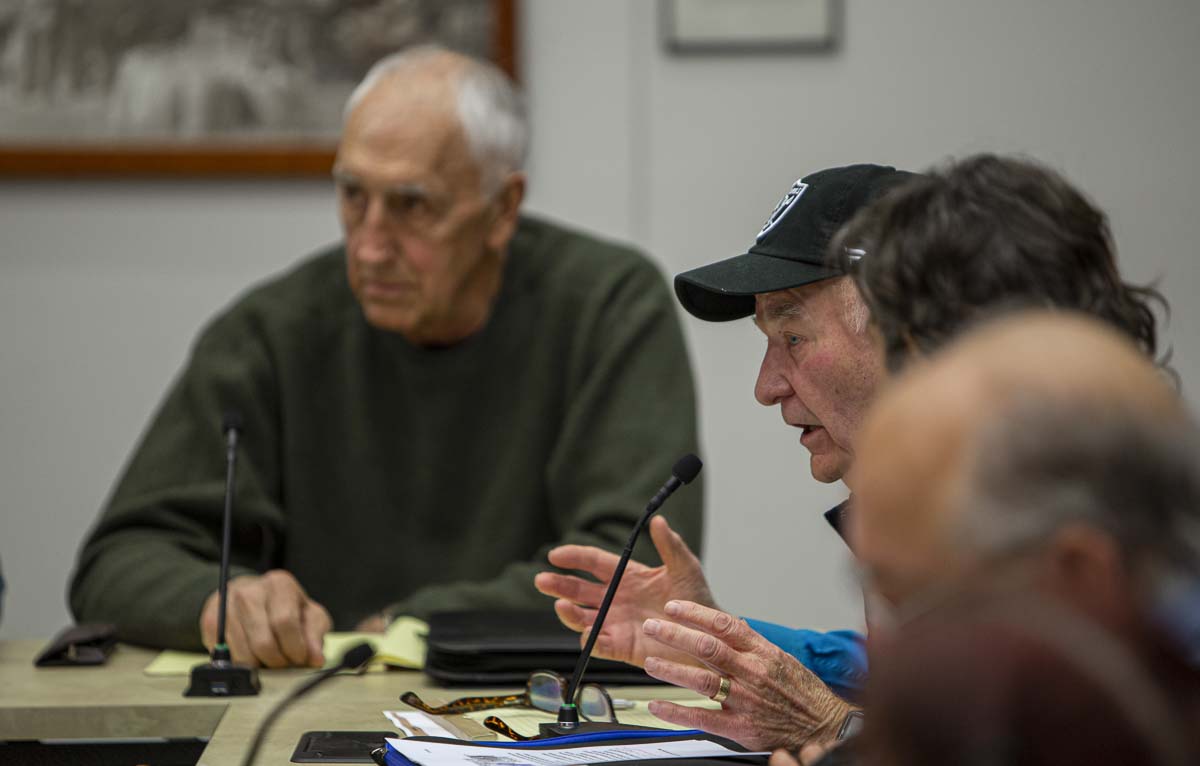
Last month, the federal agency released reconnaissance sampling results which were conducted at the request of the committee earlier this year. Testing was centered on identifying the presence of two minerals similar to naturally occurring asbestos.
Neither mineral was detected in the 12 test sites serviced by the EPA. Community Development Director for the county, Mitch Nickolds (who is soon to transition to Code Administration Director), addressed the absence of a EPA representative at the Dec. 19 meeting, explaining they could not attend due to lack of funding at this time of year.
By and large, community, operator and industry response has been one of relief. Several neighbors told ClarkCountyToday.com in November that they still had concerns even after the report was released. They were asked to share their thoughts during the meeting.
“So if there are differing opinions, I’m just kind of curious. What is your interpretation of this report?” Nickolds asked at the start. “What does it do for you does this satisfy the concerns that people have raised about those elements and those minerals and the potential problems that come along with it?”
The responses were in part questioning, and cited a 2013 independent analysis done around the mine which suggested findings contrary to those of the EPA.
“My concern is what is the difference between those tests?” said neighbor Richard Dyrland. “Because they were all done by highly qualified groups. Reading the reports I saw some differences in some of the techniques, the protocols and possibly the equipment, but I’m not an expert.”
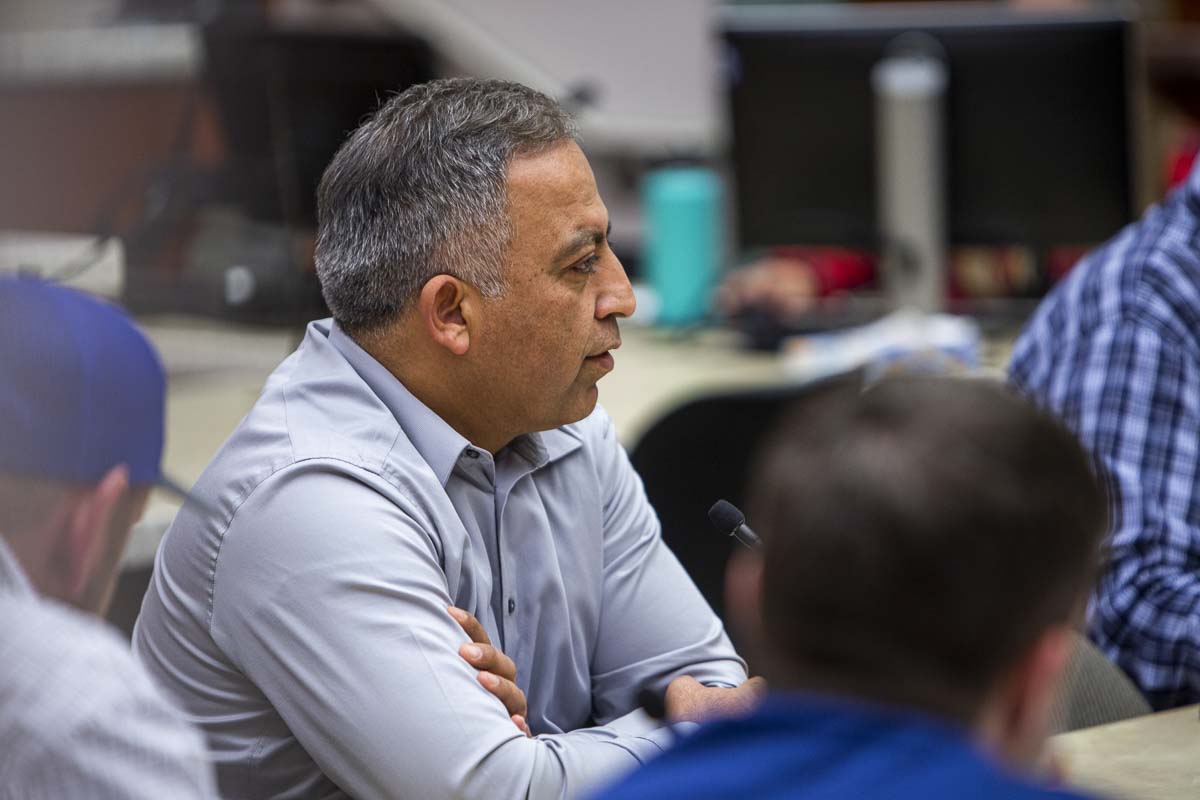
Ahmad Qayoumi, the director of Public Works, who holds the current CUP for the Mountain Top mine, responded explaining that they still intend to bring in a representative from EPA and further the discussion.
“They set standards that you have to abide by,” Qayoumi said. “So I think the analysis and a lot of times if there’s any kind of disagreement or questions or want for further discussion, the county could help to kind of facilitate bringing EPA and studies you might have, so we have some discussion.”
Others expressed confidence in the results of the EPA and voiced their theories as to possible discrepancies.
“I would just add my view of the report from EPA; It looks solid,” said neighbor and ecologist Charlie Crisfulli. “I think the science looks good. Again, I don’t work in metrology or geochemistry, but everything that I can see about the report, I am not skeptical about these results.”
Crisfulli went on to explain that one of his theories for the presence of the minerals in 2013 and the lack of their presence in 2019 could be because they are not present throughout the entirety of the volcanic rock formation that is Yacolt Mountain.
The original elevation of the mountain is approximately 1,800 feet, while the current pit floor sits around 1,650 feet. There still, however, exists shelves of rock that reach the original elevation.
“Samples could be performed at 1,800 elevation, and 1,650,” said operator Bo Storedahl. “And you can see how the formation has changed. Very little at the top, but it’s pretty sinuous as you go down.”
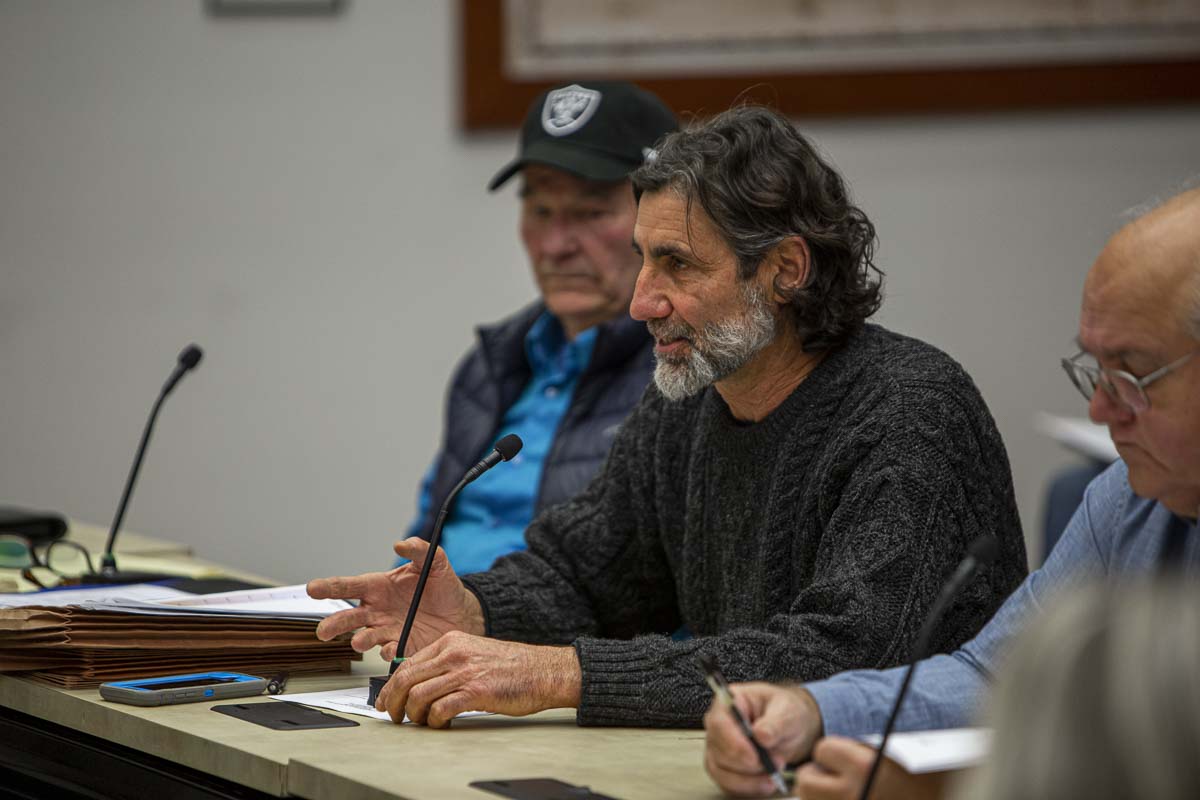
Moving on in the night’s discussion, committee members had the opportunity to hear from Mike Boyer, the recently appointed code enforcement officer for the two mines.
Boyer described the current situations, and how his workload is currently centered out in the field. He explained the largest number of complaints were received with regard to blasting at both Yacolt Mountain and Livingston Mountain.
“Honestly, I have not had a great deal of complaints,” Boyer said. “We’ve had some concerns in regards to driving. Those complaints are definitely discussed with the operator and those that complain I certainly encourage you to contact the county Sheriff’s Office, they have jurisdiction for driving.”
Blasts at both locations were explained in more detail by the operator, as to the potential cause for larger-felt blasts as opposed to the majority which are nearly unnoticeable.
At present, several shots at both Mountain Top and Livingston were lit off on, or near a rim or edge at the pits. This often causes a more robust shock wave and air blast, Storedahl and Boyer explained, citing event reports containing decibel and seismic readouts. Such blasts are rare, but will be more common at Livingston as it is in the last year of it’s pit life before reclamation, they said.
Storedahl said there is a possibility that in the current blast notifications that are sent out for both mines, additional information as to the likelihood of a larger-felt blast could be added based on shot location.
Boyer also explained that one of the blasts being explained occured at Mountain Top on Nov. 11. Since then, the county has clarified that Veteran’s Day is not a permitted holiday for blasting, he said.
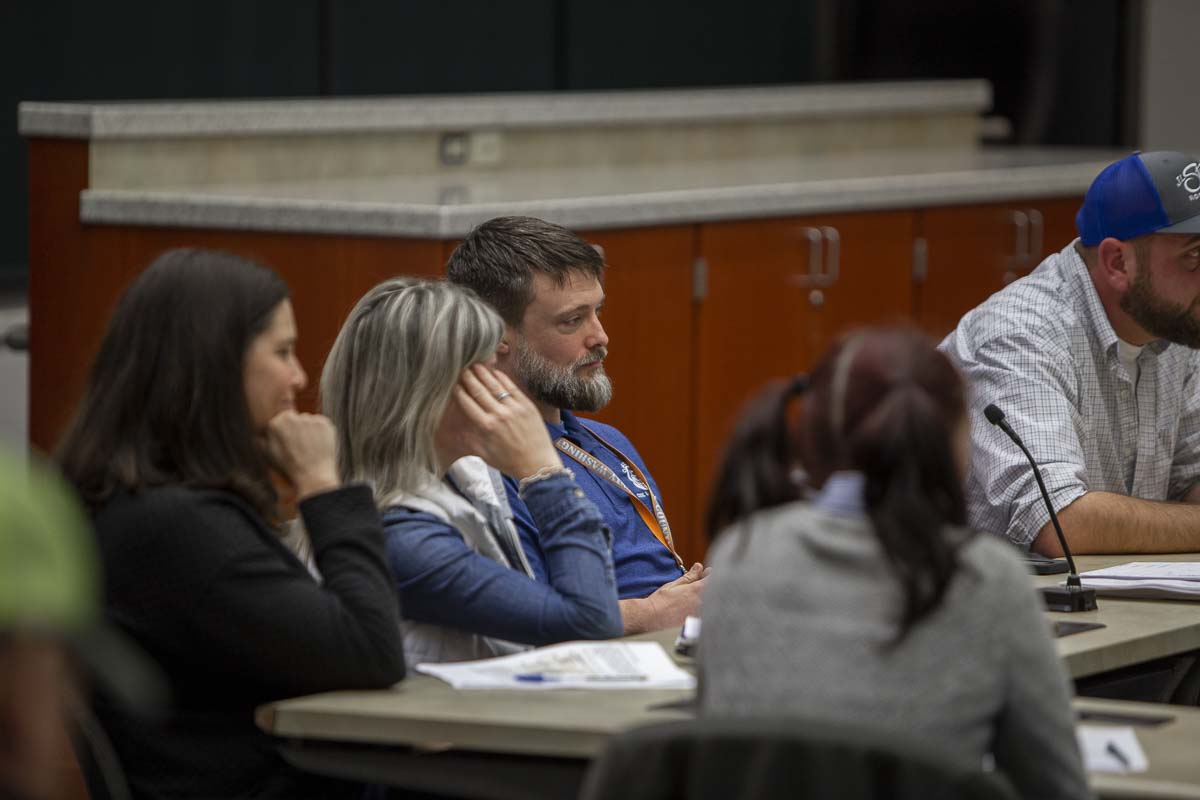
Both Boyer and Nickolds explained that a new matrix document in spreadsheet form is in the works to outline what responsibilities fall to whom and which CUP guidelines are enforced via code enforcement.
Towards the conclusion of the evening, neighbors from the other side of the county in the area surrounding Livingston Mountain Quarry spoke up. Not previously included in the SMAC forums, they requested some time to speak to the issues specific to their mine.
Among other topics, the most prevalent issue from the Livingston Mountain seemed to be frustration at the lack of clarity on CUPs and reclamation permit holders. Neighbors allege large changes in conditions have occured since the issuance of the permits, and such permits have not been properly updated.
“As we’ve talked about before, there are no sunset provisions, much less any revision provisions in there,” said Livingston area neighbor Gregory Shaw. “We have two CUPs which are at odds with each other over every fundamental issue, from operating hours to what the purpose was. Livingston Mountain Quarry was permitted at 16 trips a day and was increased only to allow for the installation of a crusher on that parcel. There’s never been an operational crusher on Livingston Mountain Quarry that was used as the justification to increase the truckload and 95.”
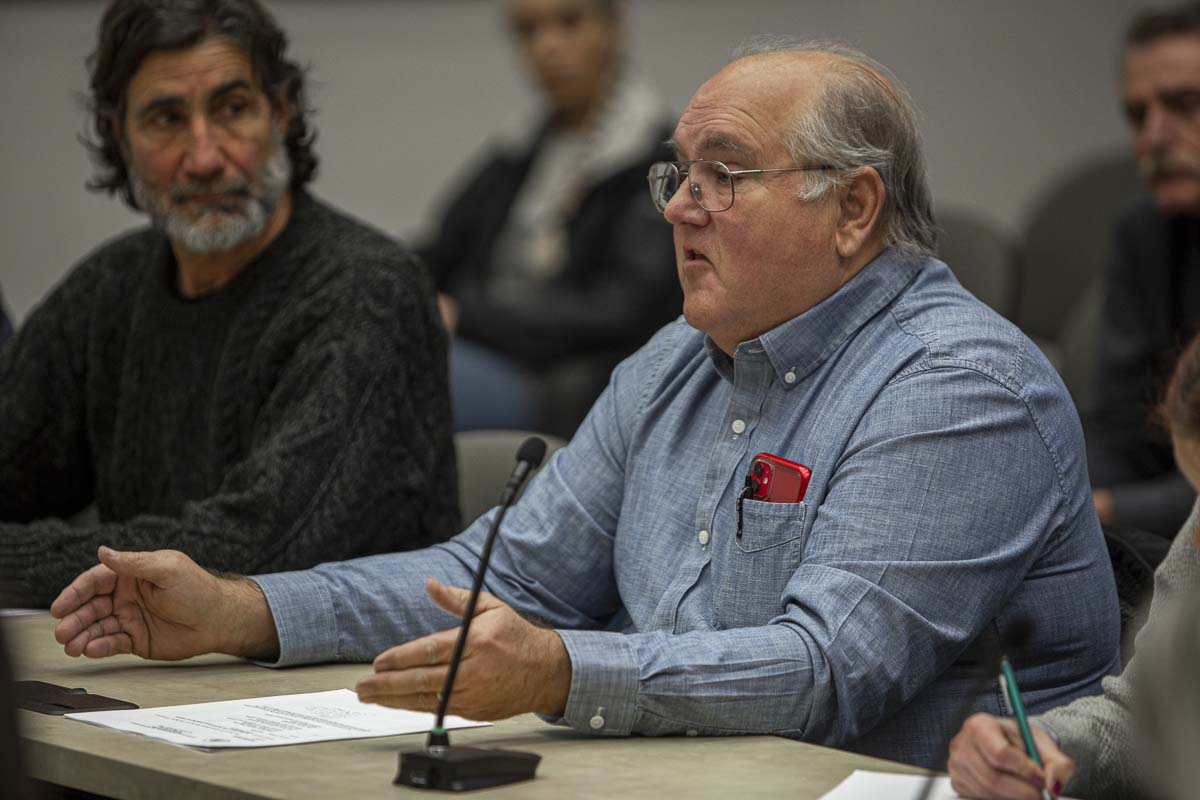
The Livingston discussion was short lived for the December meeting, but Nickolds, who even with his new position will remain with the SMAC group, said the following meeting will have agenda time written in for Livingston specific issues.
The next meeting of the Surface Mining Advisory Committee is set for the evening of Feb. 20 at the county’s Public Service Center. More details will be published on ClarkCountyToday.com as they are made available.
The full audio recording of this meeting will be posted on the county website in the next several days.




